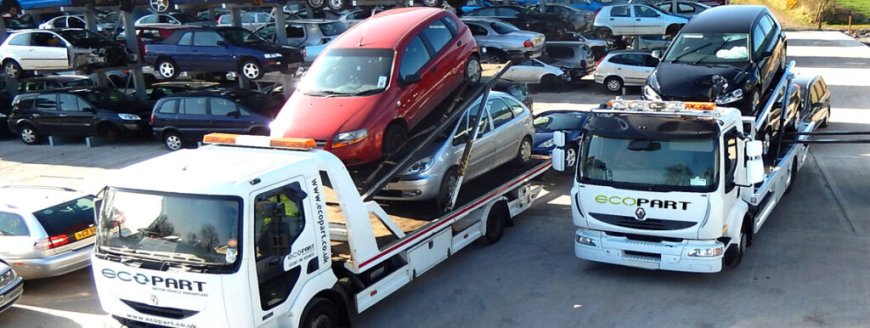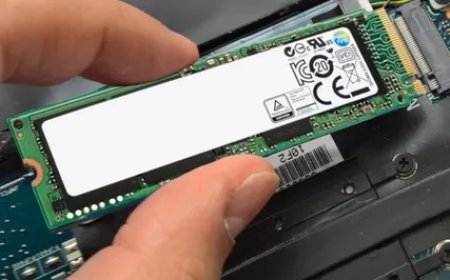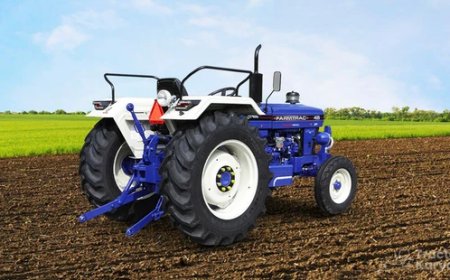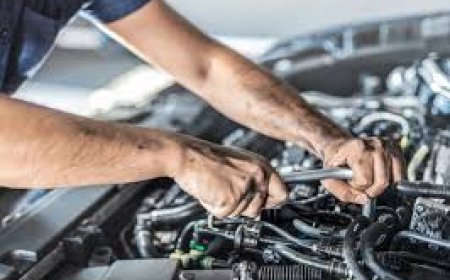The Art of Salvage: How Wrecked Cars Power a Multibillion-Dollar Industry
Discover how the salvage of wrecked cars supports a growing global industry. Learn how Best Car Wreckers Townsville contribute to this by recovering valuable parts from damaged vehicles.

When most people see a wrecked car, they often think its story has ended. Crushed panels, broken glass, or bent axles might suggest it is no longer useful. But beyond the damage, many of these vehicles still hold worth. Across Australia and the world, the salvage industry has turned these damaged cars into key resources for parts, materials, and knowledge.
This article explores how this process works and why it matters. The goal is to show how wrecked cars continue to fuel a global market that supports jobs, protects natural resources, and helps keep other vehicles running.https://northcoastwreckers.com.au/
What Is Car Salvage?
Car salvage is the process of recovering parts or materials from a vehicle that has been damaged or is no longer in use. This can include anything from minor panel damage to vehicles written off after accidents or floods. Even when a car is no longer roadworthy, its individual parts can be useful.
Items such as engines, transmissions, radiators, wheels, doors, and seats can be taken out and checked. If they are still working, they are sold to drivers or mechanics who need them. The rest of the car is often stripped down and sorted into metal, plastic, rubber, or glass for recycling.
A Growing Global Market
The global auto salvage market is not small. According to recent reports, it is worth billions of dollars each year. As of 2023, studies from the International Trade Centre showed that Australia alone exported over $250 million in used automotive parts.
The industry supports thousands of workers including dismantlers, mechanics, tow operators, metal workers, and transport staff. With the rising cost of new parts and the need to reduce waste, the market for salvaged components has grown steadily.
Why Salvage Matters
There are several reasons why this industry plays an important role. First, it helps reduce the need for new manufacturing. Producing a new engine or gearbox takes raw materials and energy. Reusing a working one from a salvaged vehicle lowers this demand.
Second, it helps keep older cars on the road. Not all models are still in production. Drivers who own them often struggle to find original parts. Salvage yards offer a source of parts that cannot be found in shops.
Third, salvage work reduces landfill pressure. Vehicles are made of many recyclable materials. By pulling them apart in a careful and planned way, fewer parts end up dumped or buried.
Where Salvage Begins
The process starts when a car is brought to a wrecker yard. This may happen after a collision, mechanical failure, or natural disaster. Workers assess the damage and decide which parts can be reused or sold.
Vehicles are then drained of fuel, oil, brake fluid, and coolant to avoid leaks. Each part is removed and checked. Items that pass inspection are cleaned, labelled, and stored. Some yards also test electrical parts like alternators, starters, or sensors before resale.
Once the usable parts are removed, the frame of the vehicle is sent to metal recyclers. There it is crushed, melted, and reused in other industries, including construction and new manufacturing.
Linking Salvage to Community and Repair Work
In many regional areas, salvage yards serve as a key link in keeping older vehicles running. They supply local repair shops and owners who might not have access to dealer networks or new stock.
In places like Townsville, where a wide range of vehicles are used for both urban and rural travel, salvage yards fill an important space. One well-known yard in the area has built a name by helping keep rare and older parts available to those who need them. Through careful work and years of experience, this team has become known as one of the Best Car Wreckers Townsville. By offering working parts from damaged cars, they help others repair vehicles without waste and cost of brand-new replacements.
Challenges in the Industry
While the salvage market brings many positives, it also faces challenges. Changes in vehicle technology make some parts harder to remove or reuse. Hybrid and electric cars, for example, use high-voltage batteries and new materials. These require special knowledge and tools.
There are also legal and safety rules that yards must follow. Records must be kept for all vehicles, and certain partslike airbags or seatbelt systemsneed careful handling. Regulations help stop stolen vehicles from being stripped and resold, but they also mean that salvage work must be done properly.
Climate conditions add pressure as well. During floods or bushfires, many vehicles may be damaged at once. Yards must act quickly to assess which ones can be saved and which ones are too far gone.
A Future Built on Reuse
As more people care about the environment, interest in recycling and reuse has grown. Salvage yards are already part of this change. They stop usable parts from going to waste and lower the demand for mining and new manufacturing.
There is also a growing interest in restoring classic vehicles. From utes to sedans, many older models stay on the road through help from salvage parts. This not only saves money, it also keeps automotive history alive.
In the years ahead, more vehicles will be built with recyclable parts in mind. But even now, the yards that work with damaged cars are setting the path forward. They show that even something wrecked can still have purpose.
Final Thoughts
The salvage industry is more than just piles of damaged cars. It is a system that supports work, repair, and responsible reuse. From the moment a damaged vehicle arrives, to the point where its parts are placed into another car or melted down into new steel, the process shows a careful mix of skill and thought.
Salvage yards turn wreckage into working parts. They help keep vehicles running, reduce waste, and support a wide range of industries. In doing so, they keep the wheels turningsometimes quite literallyon a market that many people do not notice but many rely on.



































